The topic of "gendering" has become an important one in society.
The topic of "gendering" has become a major issue both in society and ...
The topic of "gendering" has become an important one in society.
Reverse Google Image Search - What is it? Who
What does SERP Snippet mean? To understand what this term means, it helps to break it down:
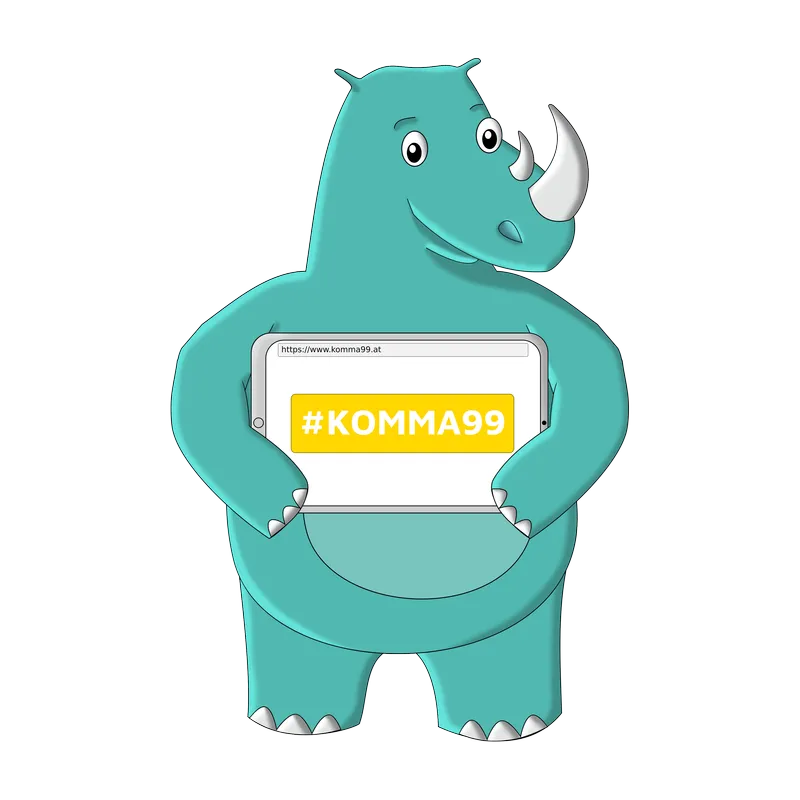
Online marketing consulting and support
From A Google Ads to your target group analysis
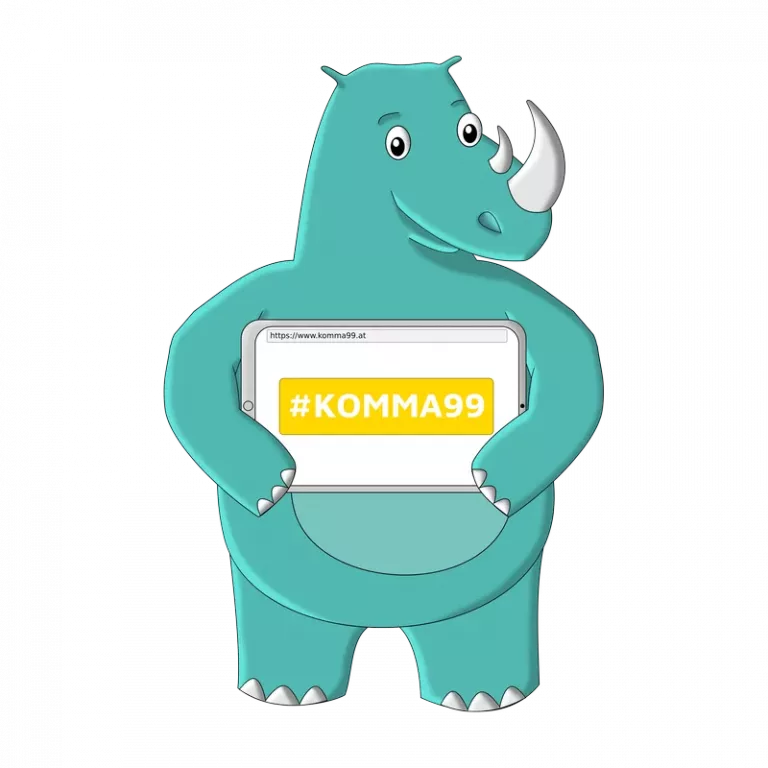
We have made it our business, Provide companies with the visibility they deserve. Due to our comprehensive expertise in the online marketing areas SEO, Google Ads, Social Media and more, we can provide our customers with versatile advice and support. With our know-how and experience, we make companies visible online. With our agency based in Vienna, we serve companies throughout Austria and beyond.
We know 99.99 % of animals are not rhinos

With us you will become a unique rhino and be ahead of your competition. always one rhino length ahead.
We like our customers - and we want them to like us. Mutual appreciation is a top priority for our team. That's why we treat our customers as equals. With us, you are always in contact and well looked after by our contact persons from Austria (Vienna).
We are experts in our field. From A as in Ads to Z as in Target Group Analysis, we can help you in the professional online marketing consulting stand by your side. Nobody can know everything, but we can find solutions.
From consulting we move into implementation, because No optimization without change. We serve our clients* in the areas of SEO, Google Ads, e-commerce, web design, creation and maintenance of your WordPress website, social media and more.
What would online marketing be without KPIs and performance measurement? Correct, an arbitrary implementation of measures without target definition. We do it right and set at the beginning of the project measurable targetswhich we also achieve through strategic planning.
With search engine optimization (SEO) we reach position 1 in Google. We look after our customers for the long term - because SEO is not a sprint, but a marathon. Sustainable positioning can be achieved through technology, design, content and backlinks. A form of inbound marketing that really pays off in the long term.
Top positions in Google are also achieved with Google Adwords (SEA). Not organically, but through paid ads placed there. Through advertising, ads are played on the search network or even on other platforms such as Youtube.
You need a new website or would like to use an existing your store? We develop your new WordPress website, optimize your existing web design and also take over the maintenance of your WordPress website. Since web design also plays a big role for SEO & SEA, we like to combine everything in one project.
We serve our clients in the field of e-commerce marketing and also in online store development. We develop webshops in the popular systems Shopify and WordPress WooCommerce. Our e-commerce consulting and support ranges from online store optimization to Amazon marketing.
Into the field of vision of the target group with social media marketing. Be present and visible where the target group is: On social platforms such as Facebook, Instagram or LinkedIn. Strengthen branding through social media marketing with strategic content planning and targeted ad placement.
Another form of inbound marketing. The goal of content marketing is to create valuable and, most importantly, relevant content. The focus is always on a clearly defined target group, which is bound to the brand through successful content marketing and carries out desired actions (e.g. inquiry or purchase).
Email marketing is a very direct form of online marketing, as the target audience usually receives automated content. Sending out a newsletter can be very valuable, especially in e-commerce, to increase the conversion rate. We design newsletters, take care of the sending and the KPI measurement.
Our online marketing consulting includes not only SEO, Google Ads, content or email marketing. We also advise our clients beyond that in the areas of conversion rate optimization, mobile marketing, affiliate marketing, growth hacking and more. Depending on which online marketing mix leads to the goal, our experienced team will support you.
You want to learn yourself what is important in online marketing? You want to implement online marketing measures yourself? We as an agency and our partners offer workshops in SEO, Google AdWords, Social Media Marketing and more. In a workshop you will gain new knowledge and know-how for concrete action steps.
Promise - we really are as nice as we look. Based in Vienna, we serve companies throughout Austria and beyond.
I appreciate KOMMA99 because as an SEO beginner they can explain the topic to me in a way that I understand what I need to understand for the cooperation but without overwhelming me with too much details.
The people are reliable, responsive, friendly and very professional. I really enjoy working with them and can absolutely recommend themselves.
Clear 👍
Really friendly and competent. An extremely reliable company. Am very satisfied with the advice and implementation.
Definitely recommended!!!
Thank you Markus and your team.
KOMMA99 is a great SEO agency or online marketing agency from Vienna!
After a non-binding first conversation, I was offered a project package that was very individually adapted to my wishes and ideas. I was assigned the expert Nico from the team as a contact person and was allowed to contact him with my questions at any time by phone, email or even video conference. I felt extremely well looked after and all my questions were answered very professionally.
The result is something to be proud of! The SEO expert Roman has given my website a great new look with his know-how in web design and the great Nina has written a fantastic SEO text for me!
Many thanks to the entire team!
Numbers don't lie - With KOMMA99, the number of hits on our homepage is constantly increasing.
The support is reliable and competent.
We are thrilled.
The topic of "gendering" has become a major issue both in society and ...
Why do you need Google reviews? Why are Google reviews so important? ...
New customers are recruited by satisfied customers More and more people ...
Search engine optimization (SEO), as the name suggests, is the Optimization of websites and online stores for search engines. The goal is always to increase the visibility and performance on the Internet in the long term and qualitatively. It depends on the right SEO strategies to move the offer into the focus of your desired target group. With successful search engine optimization, companies do not have to find their customers - they have to find their customers. because they are found by their customers.
Which SEO measures are set, determines the strategy. Search engine optimization includes the technical and content optimization, as well as the Backlink building with other sites. As with any online marketing measure, target measurement is also important with SEO. Through analytical tools like Google Analytics or Matomo and specific SEO metrics, we can measure the Successes measure. SEO is a subarea of search engine marketing (SEM), which also includes Google Ads (SEA). The goal of search engine marketing is always to position companies at the top of Google organically or through advertisements.
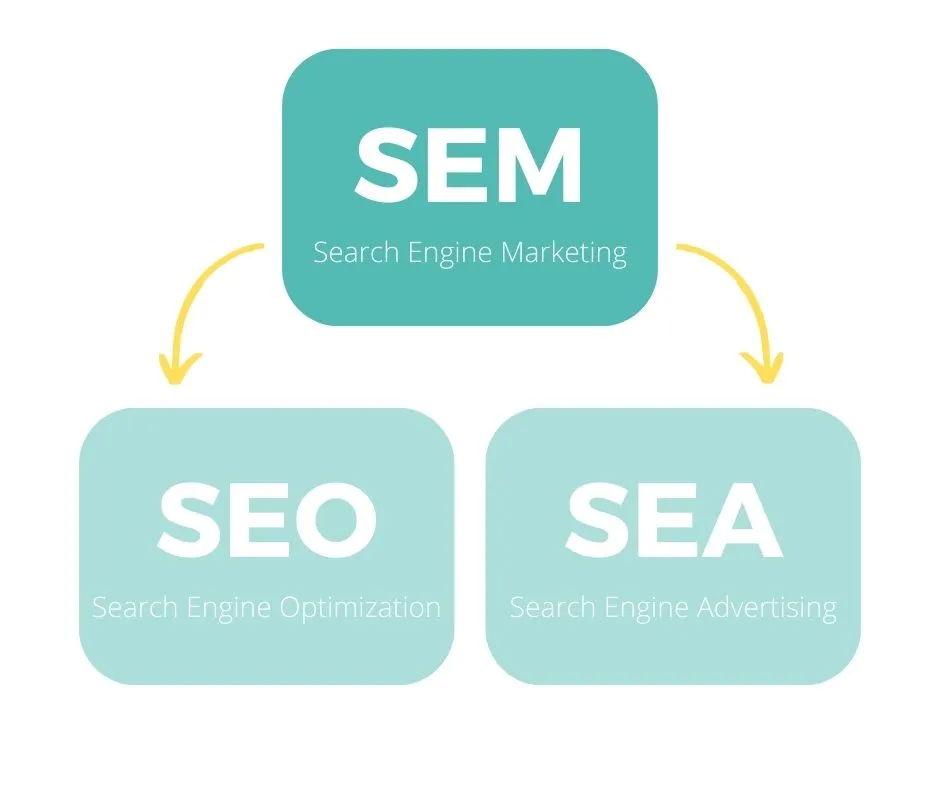
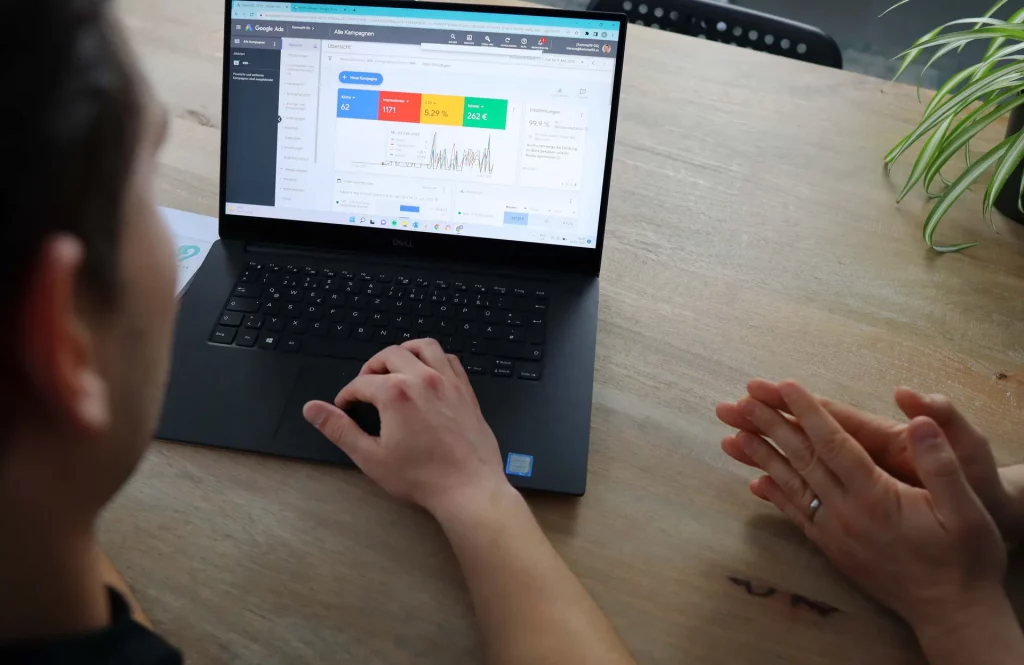
SEA (Search Engine Advertising) is search engine advertising on Google - often short and sweet Google Ads called. Search Engine Advertising aims at short-term and quick success through placed advertisements. Ads can be placed in the search engine as well as in the partner network (Youtube, other websites, etc.). Through our experience in this work, we know which measures to take in order to initialize an AdWords campaign in a targeted manner and to strengthen digital visibility. The goal of Search Engine Advertising is to generate more customers, more sales and thus more growth for companies.
Here too, as with search engine optimization, the right strategy is important. Which target groups are in focus? What is their behavior on the Internet? What terms do they type into the "search"? On what day and at what time do they search? Once the framework is established, the creation of the ads and the performance improvement of the ads follow in order to continuously optimize the performance of the ads. This also takes time. Like gardeners who water their plants daily, we review our clients' campaigns daily to accelerate growth and increase success.
As an agency, we see it as our task to help companies provide detailed advice and support in the entire online marketing area to be able to. Our team is made up of experts in a wide variety of fields and can help you with search engine marketing, social media and web design as well as other Digital Marketing Strategies support. We, too, are only human and cannot know everything. But: New challenges spur us on and we are able to find solutions through our broad network. From growth hacking, affiliate marketing, mobile marketing and targeted conversion rate optimization, our agency network can support you.
In a individual workshop we are also happy to pass on our knowledge to you. A workshop is suitable for people who would like to implement online marketing measures themselves in the future. A workshop is either focused on a specific area such as SEA (Search Engine Advertising), or combines several areas together. After a workshop, you should be able to create a strategy yourself and also implement measures. The workshops we lead take place digitally or, in the Vienna area, also in person.
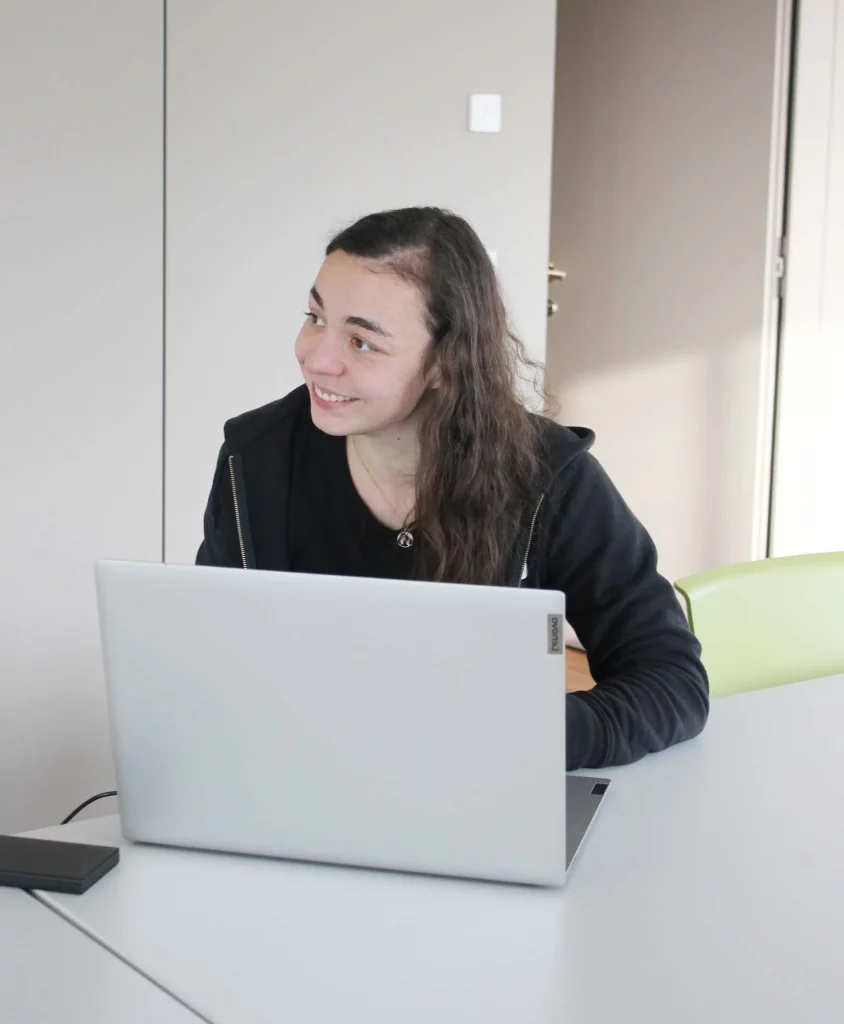
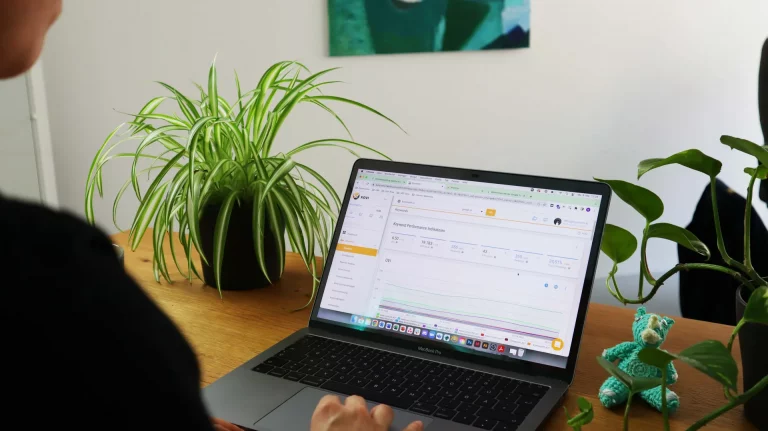
Although the terms online and digital marketing are often used as synonyms for each other, there are major differences from a purely technical perspective.
Online marketing includes all marketing measures that communicated to the respective target group via the Internet will be. This includes website development and optimization, search engine marketing (SEO & SEA), email marketing, social media and influencer marketing and also affiliate and content marketing.
In short, everything that can be found on the Internet and is used for advertising purposes can be classified as online marketing.
Digital Marketing goes beyond the Internet, because here digital tools used to do marketing.
Digital marketing therefore includes all online marketing measures and expands them to include other channels. Digital marketing practices include, for example, radio or television advertising or billboard ads. To be precise, however, this distinction is not that important.
It is much more important to recognize which measures a company needs in order to build up visibility and to align the strategy accordingly.

If you've made it this far down, our content is either so good you can't stop reading - or we've got you still not convinced.
Give us the chance to get to know you and your company in a non-binding initial meeting. In most cases, we can already see after a short time whether and if so which online marketing measures would make sense.
Whether we implement everything for you or you learn online marketing skills in a workshop with us: Let's take a step together towards more online visibility for your business!
